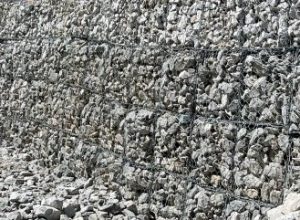What We Offer
We offer different types of aggregates and stone for a variety of purposes. We promise on-time delivery to any location in the northern part of the continent.
GRAVEL
Gravel, a popular type of aggregate, consists of small rock fragments that range in size from pebbles to larger stones. Its coarse nature makes it ideal for creating a solid base for roads, driveways, and walkways. Gravel also finds extensive use in concrete production, providing strength and stability to the mixture.
Pea Gravel
Typically ranging from 1/8 inch to 3/8 inch in diameter, pea gravel is small, rounded stones that are often used for landscaping and decorative purposes.
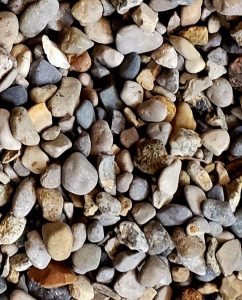
Crushed Stone #411
This type of gravel ranges in size from 3/4 inch to fine particles and is commonly used for drainage, backfill, and landscaping projects.
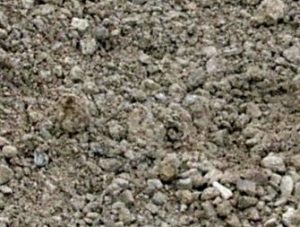
Crushed Stone #57
With a diameter of approximately 3/4 inch, crushed stone #57 is a versatile gravel size that is commonly used for driveways, walkways, and drainage applications.
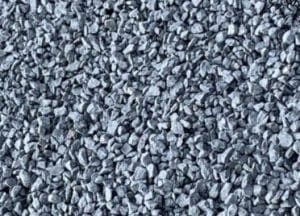
Crushed Stone #5
Ranging in size from 1 inch to 1.5 inches, crushed stone #5 is commonly used as a base material for construction and as a decorative stone in landscaping projects.
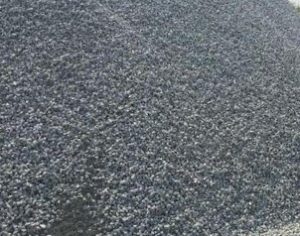
Crushed Stone #3
With a diameter of approximately 2.5 inches to 4 inches, crushed stone #3 is often used for drainage, erosion control, and landscaping purposes.

Crushed Stone #2
This gravel size ranges from 1.5 inches to 2.5 inches and is commonly used for base layers in driveways, roads, and construction projects.
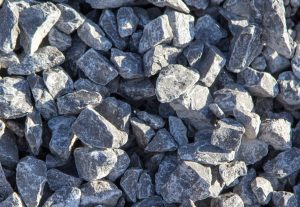
Crushed Stone #1
Ranging in size from 2.5 inches to 6 inches, crushed stone #1 is commonly used as a base material for roads, driveways, and construction projects that require heavy-duty support.
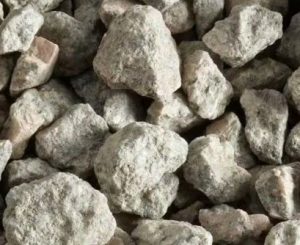
SAND
Sand is a granular material composed of small particles of rock, minerals, and organic materials, typically ranging in size from 0.0625 millimeters to 2 millimeters, commonly found in beaches, deserts, and riverbeds.
Play Sand
Play sand is a fine-grained sand that is clean, washed, and specifically processed for use in children’s sandboxes, playgrounds, and recreational areas.
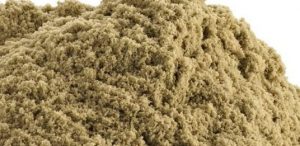
Masonry Sand
Masonry sand, also known as mortar sand or washed sand, is a coarse sand with a relatively uniform particle size. It is primarily used in masonry projects, such as bricklaying, as a bedding material for bricks and blocks.

Concrete Sand
Concrete sand is a coarse sand that is specifically designed for use in concrete mixtures. It is typically mixed with cement, aggregate, and water to create a strong and durable concrete.
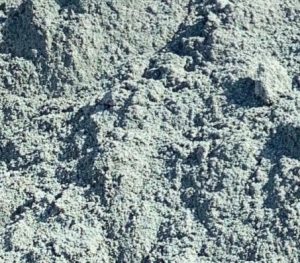
Beach Sand
Beach sand, also known as coastal sand or dune sand, is a fine-grained sand that is naturally found along beaches and coastal areas. It is often used in landscaping and decorative applications.
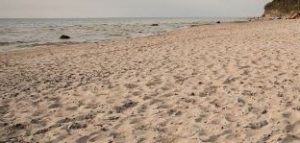
Asphalt Sand
Asphalt sand, also known as asphalt screenings or asphalt filler sand, is a fine sand used in the production of asphalt. It helps to bind the asphalt mixture together and improve its structural strength.
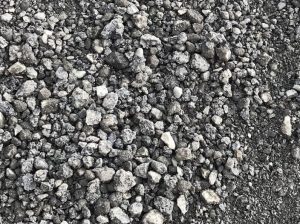
Silica Sand
Silica sand is a high-purity sand composed of silicon dioxide (SiO2). It is commonly used in industrial applications, such as glass manufacturing, foundries, and hydraulic fracturing (fracking) operations.
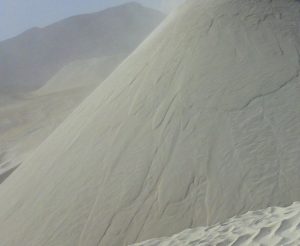
Equestrian Sand
Equestrian sand, also known as horse arena sand or riding arena sand, is a specially designed sand for horse arenas and equestrian surfaces. It provides optimal footing, drainage, and cushioning for horse riding and training.
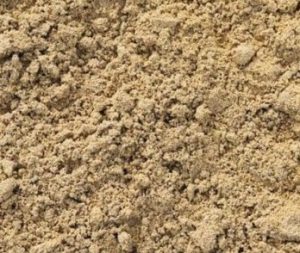
RIP RAP
Rip Rap
Rip rap, also known as riprap, is a form of erosion control commonly used in areas where strong water currents or wave action pose a threat to shorelines, riverbanks, or slopes. It consists of large, heavy stones or concrete blocks strategically placed along these vulnerable areas to provide protection. In addition to erosion control, rip rap also provides habitat for various aquatic organisms and adds aesthetic value to landscapes.
Class I Rip Rap
This is the largest size of rip rap, typically ranging from 1 to 5 feet in diameter. It is commonly used in areas with high-velocity water flows, such as riverbanks, bridge abutments, and coastal erosion control.
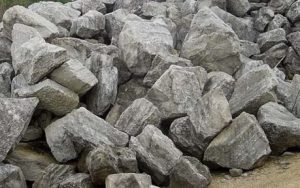
Class II Rip Rap
Class II rip rap is slightly smaller, with stones ranging from 1 to 3 feet in diameter. It is often used for similar applications as Class I, providing effective erosion control and stabilization.

Class III Rip Rap
Class III rip rap consists of stones that are approximately 6 to 12 inches in diameter. It is frequently used in less severe water flow conditions, such as drainage channels, culvert outlets, and stabilization of slopes.
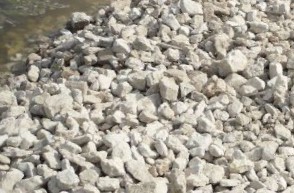
Gabion Rip Rap
Gabion rip rap refers to rip rap that is placed within wire mesh baskets or cages called gabions. The size of the stones used in gabion rip rap can vary, but they are typically smaller than Class III rip rap. Gabion rip rap is commonly used in coastal areas, riverbanks, and retaining walls.
